February is when the fruits of the native tree fuchsia or kotukutuku become ripe. The berries are known as konini by the Maori and were collected by laying mats beneath the trees, then sending someone up to shake the branches.
I collected some last year and made them into an ice cream. This year I’m back for more.
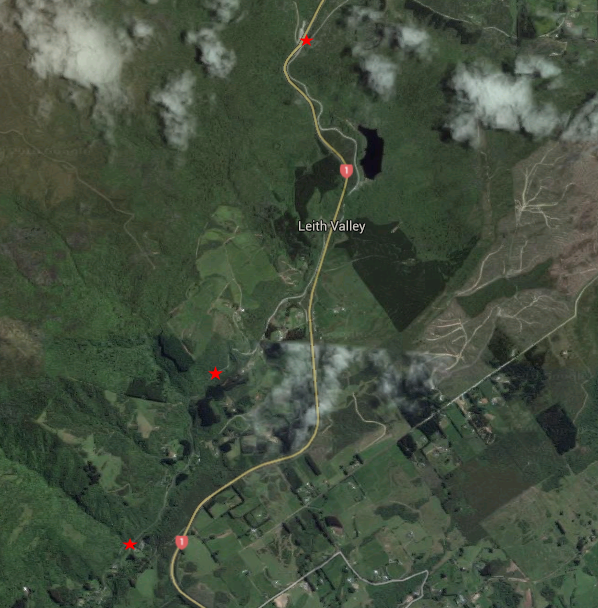 We started our search on the Leith Valley Rd, near the start of the Nicholls Falls Track. The regenerating forest environment of the Leith Valley is great for kotukutuku trees and they are common here. In fact, we located a promiscuously fruiting tree right next to our parked car.
We started our search on the Leith Valley Rd, near the start of the Nicholls Falls Track. The regenerating forest environment of the Leith Valley is great for kotukutuku trees and they are common here. In fact, we located a promiscuously fruiting tree right next to our parked car.
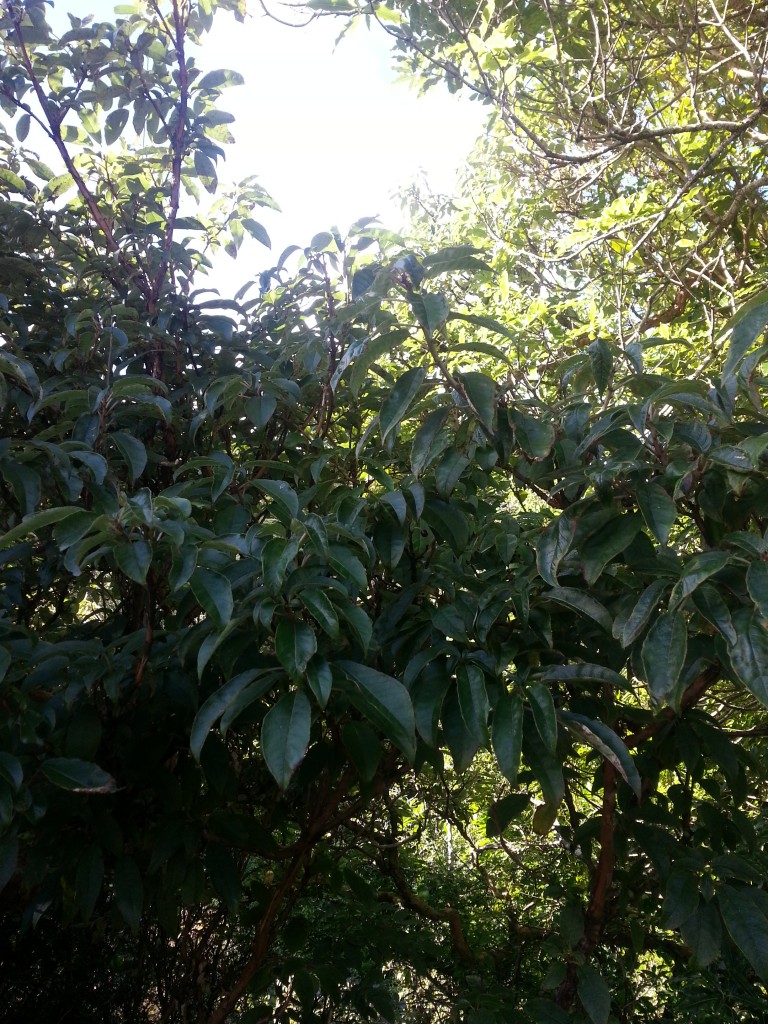
We began to harvest the small purple-black fruit. They are a bit sneaky – you take one look and think there’s nothing there, then you look behind the leaves and find there’s plenty of fruit!
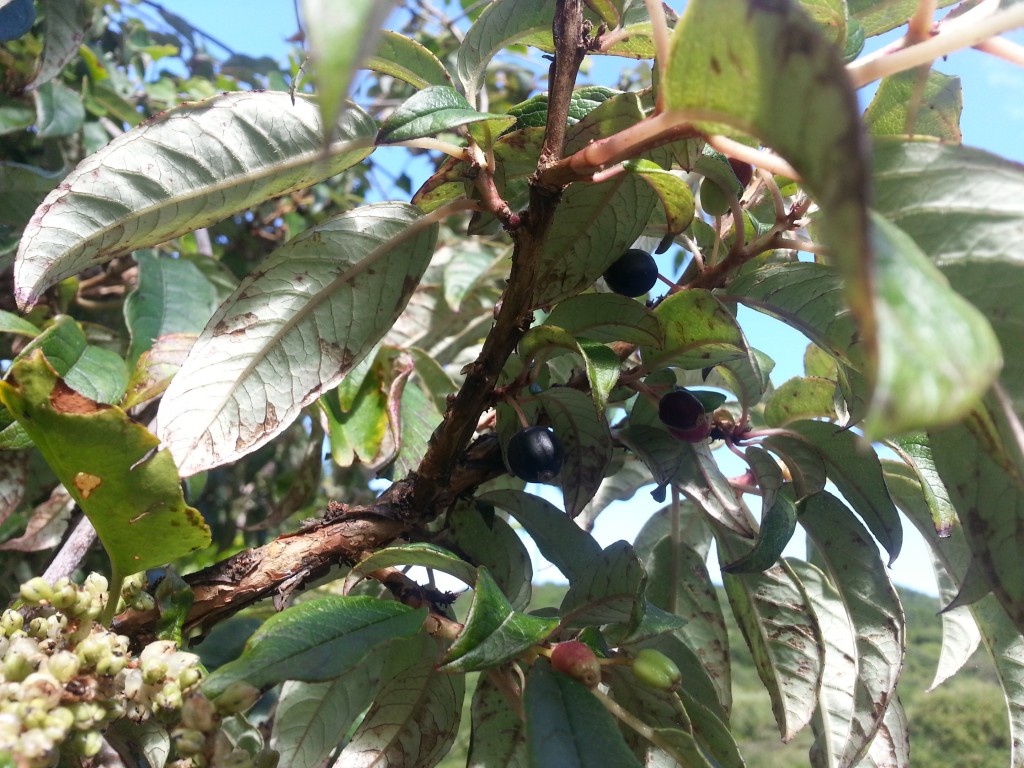
We took what we could reach (no fancy harvesting tricks here!) and then moved on up the road to the gate at the start of the Morrisons Burn Track. Most of last year’s berries came from up this gravel road, as we hadn’t found many and kept walking further and further.

Things are different this year – we’d already found quite a lot so when we didn’t find many in the first couple of hundred metres we turned back.
Then we moved on to the start of the Leith Saddle Track and the area near Sullivans Dam, but again the pickings were poor. Some trees have a lot of fruit and some don’t seem to have any. Dad reckoned it might be because some of the trees are male and some are female, but my fact checking indicates that they are gynodieocious (good luck pronouncing that!), meaning that some are female and some are both male and female. I have no idea why that would cause some trees not to fruit, since they can theoretically all get pollinated (the females from the androgynous trees, and the androgynous trees from themselves or other androgynous trees). Oh well, it’s a mystery.
We gave up and headed back down the road, stopping on a whim for one last try. It didn’t look like we were going to be lucky – until I ducked under the branches of one of the trees and realised I’d struck the motherlode of big juicy fat konini.
Later at home I inspected my haul.
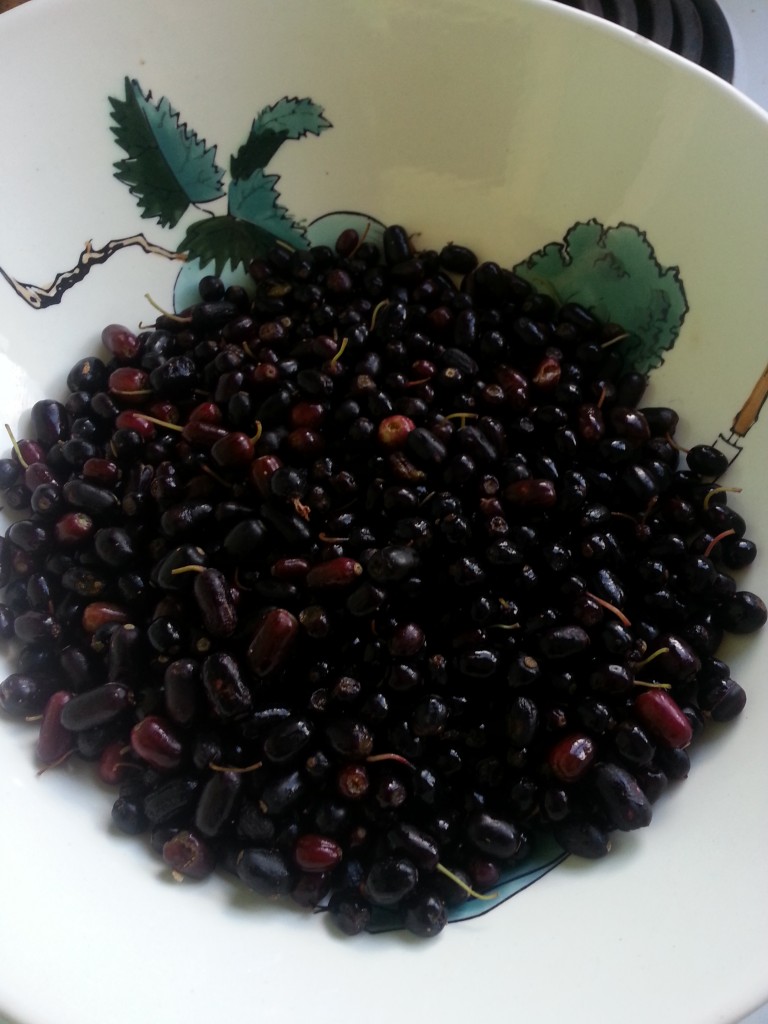
Now I just had to figure out what to do with them. Last year’s ice cream was delicious but…well, since the word “slimy” has such negative connotations, I’m going to go with “gooey”. Unless the goo factor can be mitigated somehow, I’m going to have to find a situation in which it’s an advantage…or at least not a drawback.
The Maori simply ate them raw, pretty sensible but not fancy enough for me. The early settlers made jams, stews and puddings, which were probably decent ways to work around the texture. Finally I decided on a pie, because pie fillings are meant to be kinda gooey, right?
So I grabbed a recipe I’ve previously used successfully with elderberries, and got to work. I didn’t make my own pastry (because screw that), and had a little trouble getting the store-bought pastry to roll out and stay in one piece.
Nevertheless, the result was a somewhat pie-looking object.
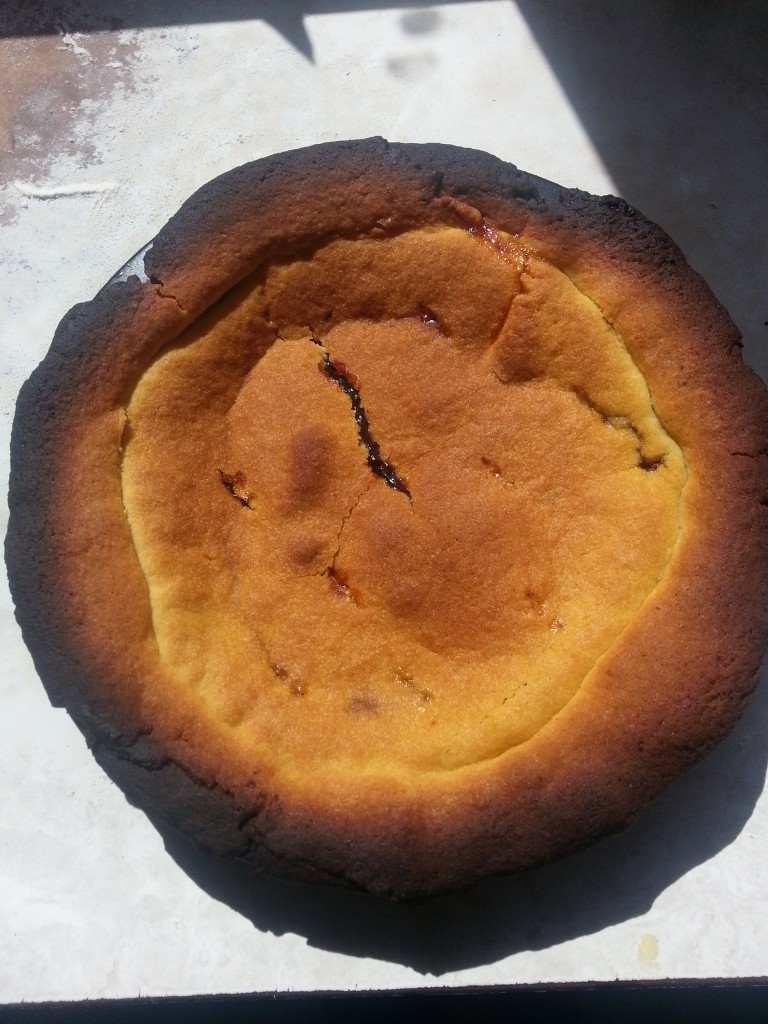
Once it had had time to set, the next job was to remove it from the pan. Easy does it, easyyyyy…
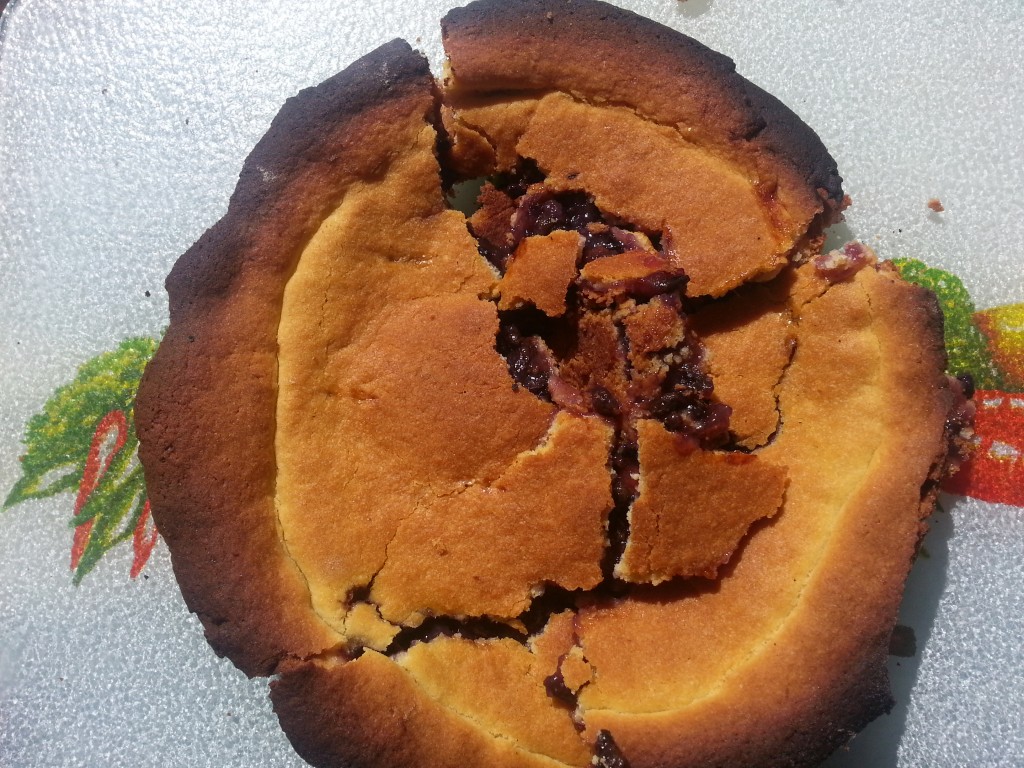
I cut the best slice I could of the munted pie and gave it a try. The flavour was actually wonderful and the filling was an attractive purple colour.
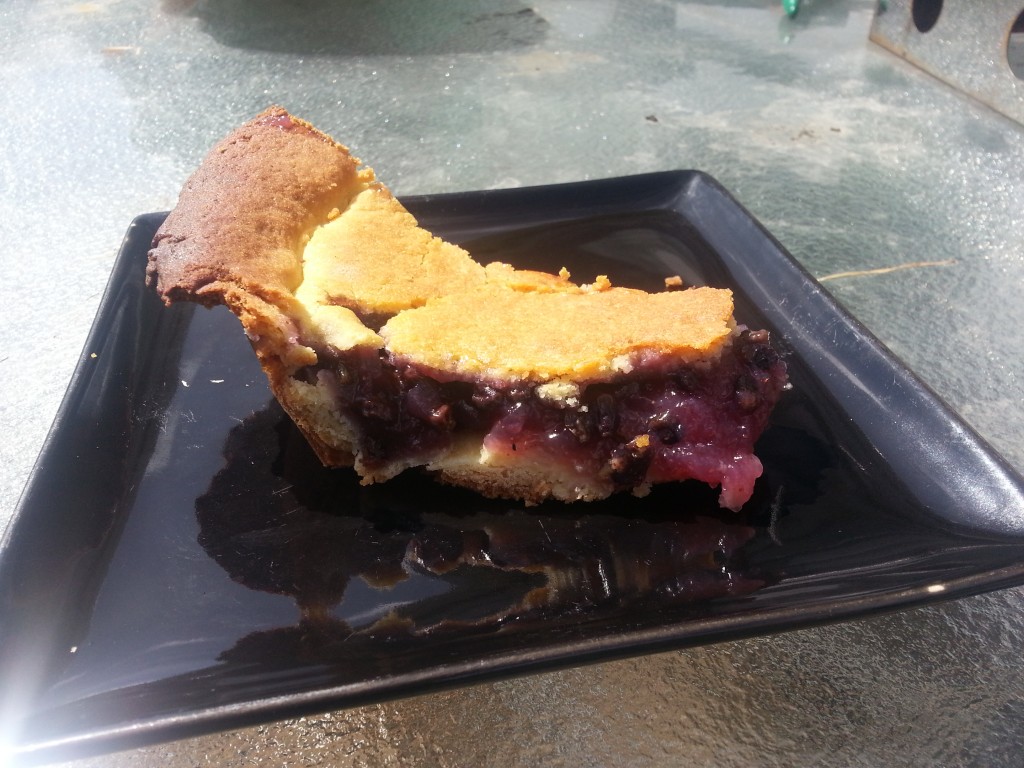
So far, all reviews are 100% positive for konini pie. As predicted, the texture isn’t a problem when part of a pie filling, in fact it’s an advantage which helps bind the filling together. The flavour is hard to describe – konini lack the tartness of most berries and are instead sweet with a very distinctive taste. You’ll have to try them yourself to get a better idea!
All in all, this year’s experiment was a success, and shows that this New Zealand native can hold it’s own against mainstream imported berries – as long as you manage the goo factor.
References:
A Field Guide to the Native Edible Plants of New Zealand by Andrew Crowe

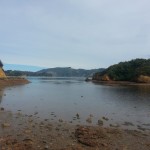


Dad can pronounce the word…the pie looks good..next wineberry pie???
Yes wineberries and blackberries next time!
tu meke!